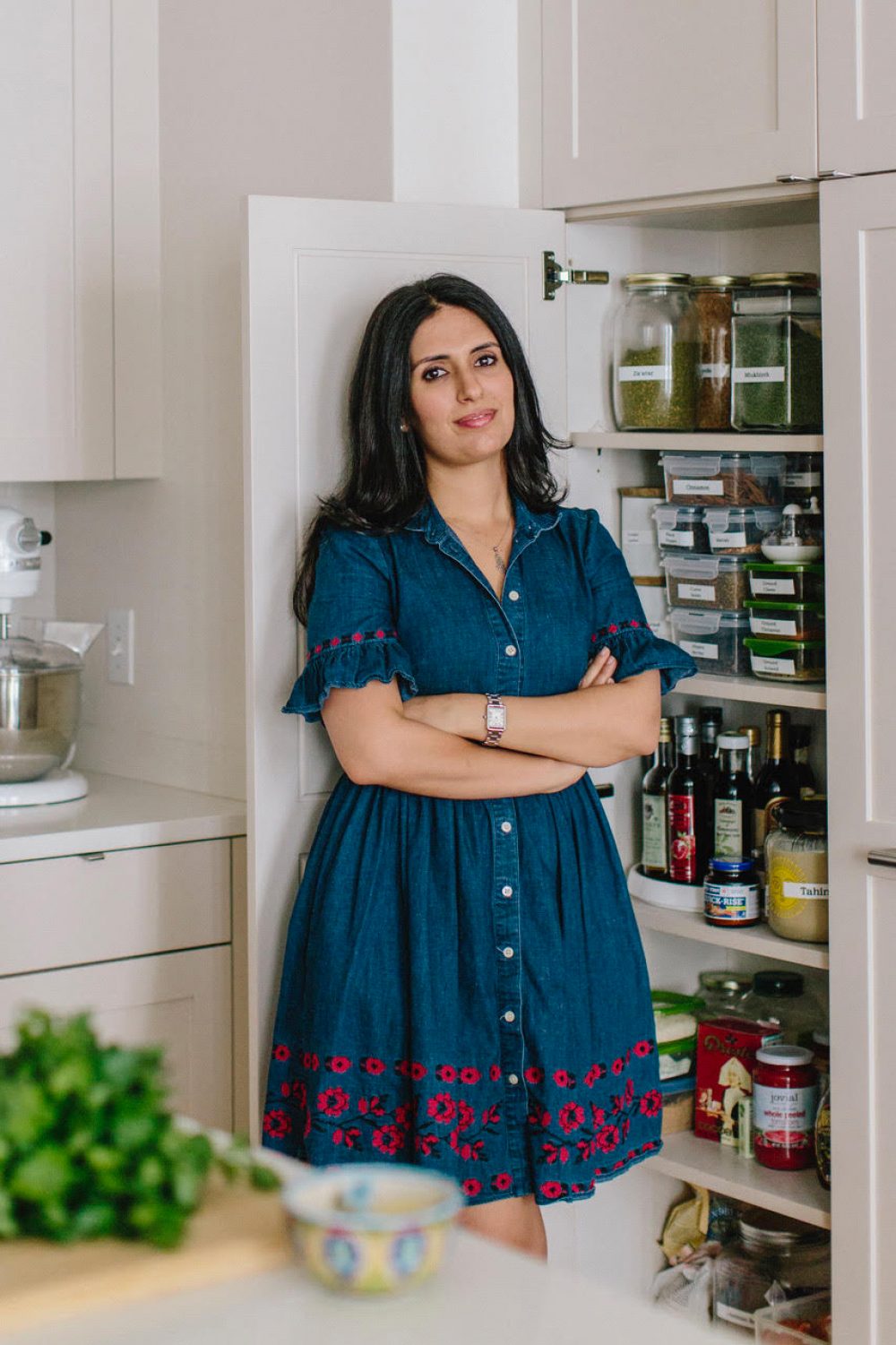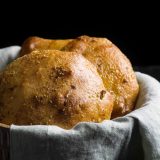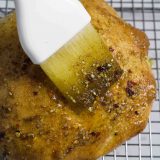
Reem Kassis
Reem Kassis is part of the Friends of Milk Street network - culinary leaders who are shaping the way we cook at home.
Most tourists travel to the Galilee Valley in northern Israel to visit sites that feature prominently in the New Testament. The miracle of the loaves and fishes, for example, was said to have occurred at Tabgha up the coast from Tiberias on the Sea of Galilee. The proliferation of giant tour buses and convention-style breakfast buffets in the larger seaside hotels confirms this.
Though looking across the Sea of Galilee to the Golan Heights at sunset provides a more current view of history, I had traveled to northern Israel to learn a bit about Palestinian cooking with the help of Reem Kassis, author of “The Palestinian Table.”
On any culinary adventure, one looks forward to the unexpected, the impromptu arak spritzer or the breakfast “McPita” that Kassis threw together for us—fried halloumi with sliced tomatoes, chilies, pickled vegetables and labneh stuffed into a pita. Heaven.
But I experienced another such culinary surprise on this trip one evening in Tiberias. The television crew was holed up after a long day, so I called our local guide and suggested a night on the town. We ended up at the Magdalena restaurant in Migdal, a cavernous, chandelier- festooned eatery that belied its rustic setting.
Soon after we sat down, the waiter brought an exceptional dish of muhammara and a round loaf of flatbread that was well risen in the middle, a pumped-up pita if you will, but boasting an airy, light interior. Saluf is a common Yemeni flatbread that is made in Israel, but the chef, Yosef “Zuzu” Hanna, made it lighter and more bread-like, similar to a Moroccan frena, which calls for olive oil and corn flour.
Now enjoying a second loaf, I fell in love with this remarkable saluf/ frena hybrid since it bridges the gap between a Middle Eastern flatbread, lighter North African breads and a European loaf. It has an ethereal, baguette-like interior covered in a flatbread exterior—thin, not crusty. Perhaps a better description is a cross between naan and ciabatta—again, a cross-cultural mashup.
The trick with this bread is the texture, and we found that this took a bit of kitchen magic. It’s a simple yeast bread, but it requires multiple rises and fermentations.
The first rise is an hour, then into the refrigerator for at least 24 hours, or up to 48 hours. The dough then is shaped into balls before another stay in the refrigerator for three hours (this second rest produces a much higher and lighter loaf). From there, a final shaping, a one-hour rise at room temperature and then into a 500°F oven, using a baking stone or steel as you would with pizza.
Is it worth the effort? Well, I would be quite happy to make a whole meal of saluf/frena with one bowl of muhammara and another of hummus—plus a bottle of good wine, of course. Hold the main course and spend the evening drinking to the health and good fortune of Yemeni and Moroccan bakers everywhere.





